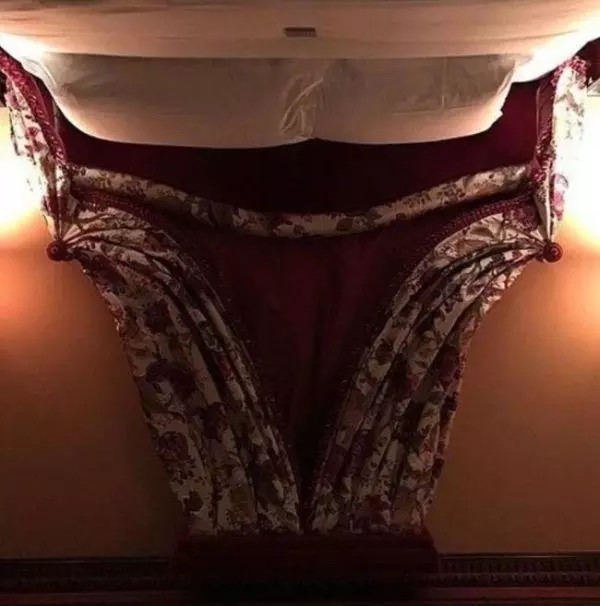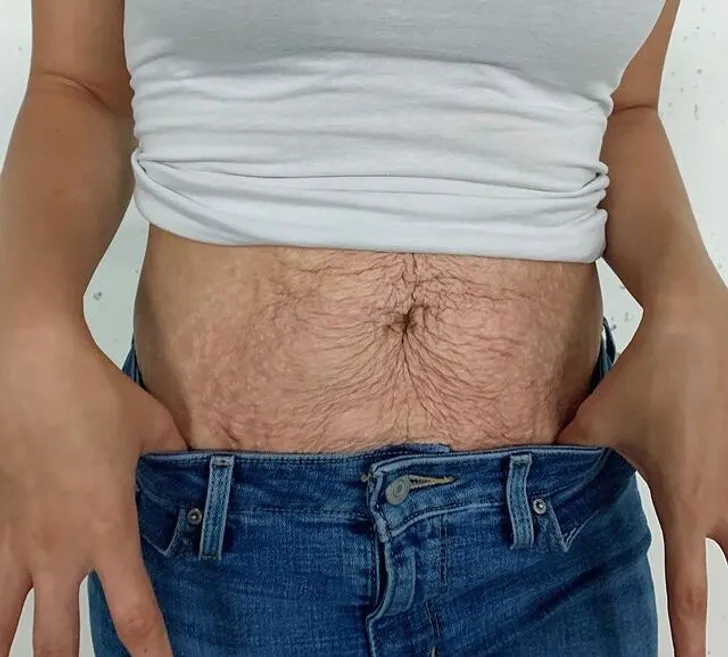9. 22 Confusing Pics That Need A Second Look S3
Understanding Optical Illusions in Everyday Life
Our eyes can sometimes play tricks on us, making us see things that aren’t actually there or misinterpreting what’s in front of us. Optical illusions are a perfect example of how perception and reality don’t always align. These visual tricks can be found in everyday life, from artwork and photography to nature and architecture.
At first glance, some images may seem ordinary, but upon closer inspection, they reveal something completely unexpected. Viral Strange has compiled some fascinating optical illusions that will challenge the way you see the world.
What Are Optical Illusions?
Optical illusions occur when our brains attempt to interpret visual information in ways that don’t necessarily reflect reality. These illusions can be categorized into three main types:
- Literal Illusions – Where the image is different from what is actually present.
- Physiological Illusions – Created due to the overstimulation of the eyes, like brightness or movement.
- Cognitive Illusions – Based on the brain’s assumptions and misinterpretations.
Each of these types influences the way we process images, often leading us to see things differently from how they truly are.
Why Do Optical Illusions Happen?
Our brains are wired to recognize patterns and make sense of the world quickly. Sometimes, in an effort to process visual information rapidly, our brains fill in gaps or make assumptions based on past experiences. This is why optical illusions can be so mind-bending—our brains are trying to make sense of something that defies normal perception.
Several factors can influence how we perceive an illusion, including:
- Lighting and Shadows: The way light interacts with objects can create misleading visual effects.
- Perspective and Angles: Objects viewed from different angles can appear distorted or unexpected.
- Color and Contrast: The use of certain colors or patterns can trick the brain into seeing movement or depth where there is none.
Everyday Optical Illusions That Will Amaze You
1. Double-Take Photos
Some images require a second (or even third) look before you realize what’s actually happening. These can include:
- A reflection in a window that perfectly aligns with the background, creating a surreal effect.
- A pet positioned in a way that makes it look like it has a human body.
- A person wearing clothing that blends so well with the surroundings that they appear invisible.
2. Natural Optical Illusions
Nature is full of mind-boggling illusions, such as:
- Mirages: These occur when light bends due to temperature differences in the atmosphere, creating the illusion of water or objects that aren’t really there.
- Camouflaged Animals: Some animals blend so perfectly with their environment that they are nearly impossible to spot at first glance.
- Perspective Tricks in Landscapes: Mountains and valleys that appear completely different depending on the angle from which they are viewed.
3. Architectural Illusions
Buildings and structures can create astonishing visual effects, including:
- Staircases that seem to defy logic, like those inspired by the famous Escher drawings.
- Facades designed to look like they are bending or curving.
- Structures that appear to be floating due to cleverly designed supports.
How to Train Your Eyes to Spot Optical Illusions
While optical illusions can trick us initially, there are ways to sharpen your perception:
- Slow Down: Instead of quickly glancing at an image, take your time to observe details.
- Change Your Perspective: Looking at an object from different angles can reveal hidden elements.
- Focus on Context: Sometimes, surrounding objects provide clues that help distinguish reality from illusion.
- Use Depth Cues: Our brains use context clues like size, texture, and focus to understand distance and depth. Paying attention to these can help in identifying illusions.
The Science Behind Optical Illusions
Scientists and psychologists have long studied how and why optical illusions occur. Research in cognitive science and neurology has shown that illusions are a result of the brain’s interpretation of visual stimuli. Some famous studies on illusions include:
- The Müller-Lyer Illusion – Two lines of equal length appear different due to arrow-like endings.
- The Ponzo Illusion – Parallel lines seem to converge in a way that tricks the brain into perceiving depth where there is none.
- The Checker Shadow Illusion – Identical colors appear different due to shadow placement.
These studies help researchers understand how our visual processing system works and how it can sometimes lead us astray.
The Fun and Creativity of Optical Illusions
Optical illusions aren’t just a curiosity; they’re also used in various forms of art, advertising, and entertainment. Artists like Salvador Dalí and M.C. Escher used illusions to create surreal masterpieces. Marketers use visual tricks in advertisements to grab attention, and illusion-based designs can be found in everything from fashion to interior décor.
Final Thoughts: Seeing Is Not Always Believing
Optical illusions remind us that our perception of reality is not always accurate. They challenge our understanding of the world and make us question what we see. Whether they occur in nature, photography, or art, these illusions captivate and intrigue us, proving that sometimes, a second look is necessary to truly understand what’s in front of us.
So, next time you come across a puzzling image, take a moment to examine it closely. You might just uncover an entirely new perspective! Find the picture below



















Related articles
The Latest
9. Paralyzed from polio at 6, he was one of the last people with an iron lung – but now there is a sad update
Paul Alexander, often referred to as “The Man in the Iron Lung,” lived a life of extraordinary resilience and achievement despite being confined for decades to a mechanical respirator. Diagnosed with poliomyelitis in 1952 at the age of six, Alexander ...
9. Woman Shows the Raw Truth of Postpartum Bodies
In today’s society, the pressure on women to adhere to certain beauty standards is relentless, and the scrutiny only intensifies after pregnancy. The postpartum body, often a reflection of the incredible journey of childbirth, is unfairly subjected to critical judgment, ...
9. Daring photo series challenges female body hair standards
In an era increasingly focused on authenticity and inclusivity, a growing number of artists, activists, and individuals are challenging outdated beauty ideals. Among them is a London-based photographer whose ongoing project, Natural Beauty, has stirred conversation across social platforms by ...
9. The Frightening Truth About Under-Eye Packs and Dark Circles: The Most Perilous Causes
Under-eye circles and puffiness are common cosmetic concerns that many people experience at some point in their lives. While they’re often associated with fatigue, stress, aging, or genetics, these under-eye changes can occasionally signal underlying health conditions. In this article, we’ll ...
9. Why Men Prefer Shorter Women: Insights from a New Study on Height and Romantic Preferences-s2
A fascinating new study published in Frontiers in Psychology has uncovered intriguing details about the role of height in romantic preferences. The study, which involved participants from several countries, provides fresh insights into why men tend to prefer shorter women, ...
 5.. 16 Photos You Have to Rack Your Brain About Before You See What’s Going On
5.. 16 Photos You Have to Rack Your Brain About Before You See What’s Going On 9. This song by the celebrated group of ‘brothers’ moves millions to tears
9. This song by the celebrated group of ‘brothers’ moves millions to tears 9. Florida Family Stunned as Two Alligators Knock on Their Door — One Even Stands Like a Human…
9. Florida Family Stunned as Two Alligators Knock on Their Door — One Even Stands Like a Human… 9. Ryan Seacrest Praises Vanna White as "An Icon" on Wheel of Fortune Amid Their Dynamic Partnership
9. Ryan Seacrest Praises Vanna White as "An Icon" on Wheel of Fortune Amid Their Dynamic Partnership-1746954339-q80.webp)


-1745999384-q80.webp)





